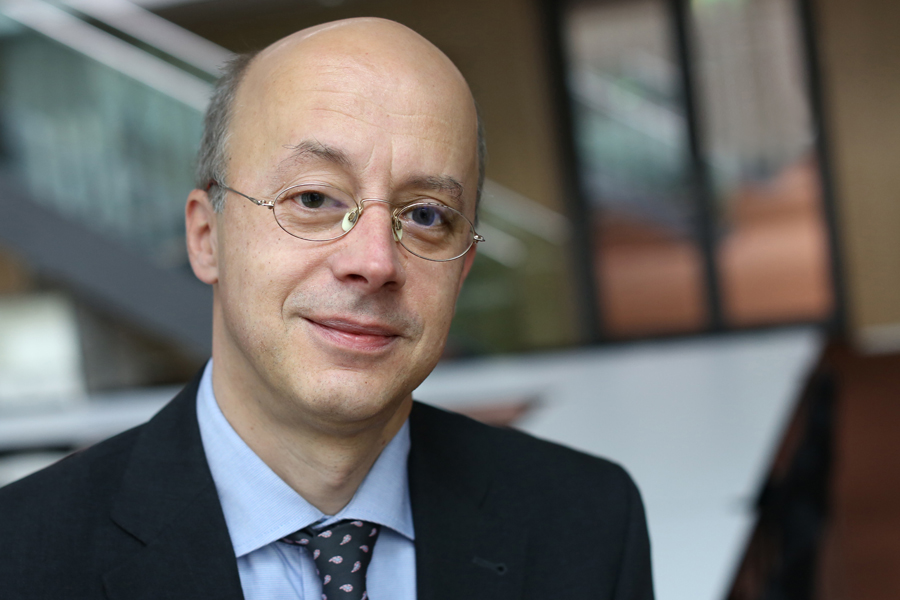Fellow project: "Visual Theology and the Use of Images: The Effects of the Reformation on the Baltic Region in the Sixteenth and Seventeenth Centuries."
The aim of this project is to explore the effects of the Reformation on visual theology and the production of images in Baltic region during the sixteenth and seventeenth centuries. From the perspective of the Reformation, images, like liturgical music, are adiaphora. They are indifferent things that are neither commanded nor forbidden. Since images have been relegated to adiaphora, their actual and foundational relevance for the biblical hermeneutics developed in Wittenberg and used in post-Reformation Lutheranism has not received the attention they deserve. In truth, the concentration on Holy Scripture in the theological system and theory of Baroque Lutheranism laid the foundation for the pluriform and multimedial promulgation of the revealed Word of God, which served not only the Word’s intermediality, but also required Lutherans to explain this intermediality of the Word as a component of their biblical hermeneutics.
The areas to explore will be:
1) the literary strategies found in the pastoral writings of sixteenth- and seventeenth-century Lutherans, especially their homiletical and meditative stategies which are oriented toward visual linguistics; that includes the intermediality of Word and image in the emblem books, devotional writings, and bibles with their assortments of engravings and prints.
2) the various forms of media and images used in the churches of the Baltic Region during the early modern period to establish this visual theology in the region. The research will take into account the early modern altars, pulpits, organ facades, baptismal fonts, epitaphs, historical and devotional paintings, frescos, emblematic motifs, and finally the sacred vessels.

